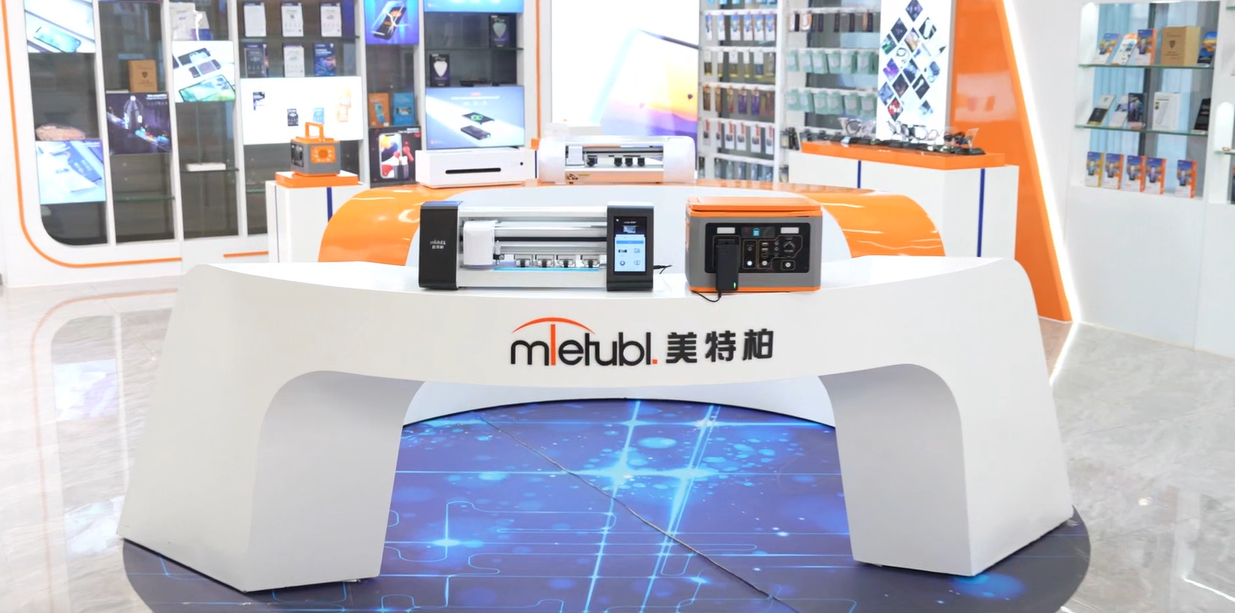
MIETUBL Brand Overview
MIETUBL is a brand originating from China and thriving through China’s intelligent manufacturing. It is committed to providing high-quality mobile accessories and related products to global consumers. Since its inception in 1998, the brand has followed the trends of the times, focusing on resource integration and building a symbiotic and shared industry ecosystem, enabling global consumers to conveniently access quality products that enhance their lives.
By continuously innovating and diversifying its product offerings, MIETUBL has achieved significant success in the mobile accessory industry. As a brand driven by customer value and innovation, MIETUBL has expanded into various product applications while accumulating rich industry experience and establishing a stable customer base. Headquartered in Zengcheng, Guangzhou, the company has strategically positioned itself within the mobile accessory industry, integrating high-quality production resources and aiming for a win-win business model.
Core Values and Development Vision:
-
Customer-Centric: MIETUBL always prioritizes customer needs, continually enhancing product quality and consumer experience through innovation and technological research and development.
-
Resource Integration and Industry Symbiosis: By integrating industry resources, MIETUBL creates a symbiotic, shared industry ecosystem, connecting global distributors and consumers, and promoting mutual growth across the value chain.
-
Global Vision: MIETUBL is committed to bringing Chinese manufacturing to the world, providing global consumers with high-quality, innovative mobile accessories, while offering profitable opportunities for distributors.
MIETUBL’s long-term vision is to continually enhance its products through innovation and quality, establishing “MIETUBL” as a globally trusted brand, recognized in markets around the world.
PRODUCTS
When to Replace Your Tempered Glass Protector with a Higher Hardness?
Signs Your Screen Protector Needs an Upgrade
The most obvious sign your screen protector needs replacing is visible damage. Scratches, chips, or cracks, regardless of their size, compromise the protector's ability to shield your screen. A compromised protector, even with minor damage, is less effective at deflecting impacts and could even exacerbate damage during a drop. Don't wait for catastrophic failure; replace it as soon as you notice any imperfections.
Beyond visible damage, subtle signs can indicate a decline in protective capabilities. If you notice a decrease in the screen's smoothness or tactile feedback, it could mean the protector is wearing down. This is particularly relevant with protectors used extensively for tasks involving frequent contact with sharp objects, such as using a stylus or working with keys.
Considering the Hardness Rating: Is Higher Always Better?
While a higher hardness rating generally signifies better scratch resistance, it's not the sole determinant of a protector's quality. The manufacturing process and the overall material composition significantly influence performance. A 10H protector made with inferior materials might perform worse than a well-made 9H protector. Don't solely focus on the number; check reviews and consider the brand reputation.
Furthermore, excessively high hardness ratings can sometimes lead to brittleness. A protector that's too hard might be more prone to cracking upon impact, defeating its purpose. A well-balanced hardness that provides excellent scratch resistance while maintaining sufficient flexibility is ideal.
Your Usage Habits and Lifestyle
Your daily activities and lifestyle heavily influence how quickly your screen protector degrades. Individuals who frequently carry their phones in pockets with keys or other sharp objects will likely see more wear and tear than those who keep their devices in protective cases. Similarly, those who work in environments with potential for exposure to abrasive materials should consider a protector with a higher hardness rating.
Think about your typical day. Do you use your phone extensively outdoors? Exposure to dust and sand can accelerate surface abrasion. If your answer is yes to these scenarios, opting for a higher hardness protector from the start, or upgrading frequently, would be a wise decision.
Cost vs. Benefit
Screen protectors with higher hardness ratings often come with a higher price tag. Before upgrading, assess whether the added cost is justified by your specific needs and usage patterns. If you rarely encounter situations that could cause significant damage or scratching, investing in a premium, high-hardness protector might be unnecessary.
Weigh the potential cost of replacing a lower-hardness protector more frequently against the upfront cost of a high-hardness one. Consider the long-term cost and choose the option that offers the best balance between protection and budget.
Conclusion
The decision of when to replace your tempered glass screen protector with a higher hardness one requires a careful evaluation of several factors. Visible damage is a clear indication for replacement. However, consider your usage patterns, the protector's performance, and the cost-benefit analysis before making a decision. Focusing solely on the highest hardness rating isn't always the best strategy; a well-made protector with a balanced hardness rating can often provide superior overall protection.
SUBSCRIBE
INQUIRY